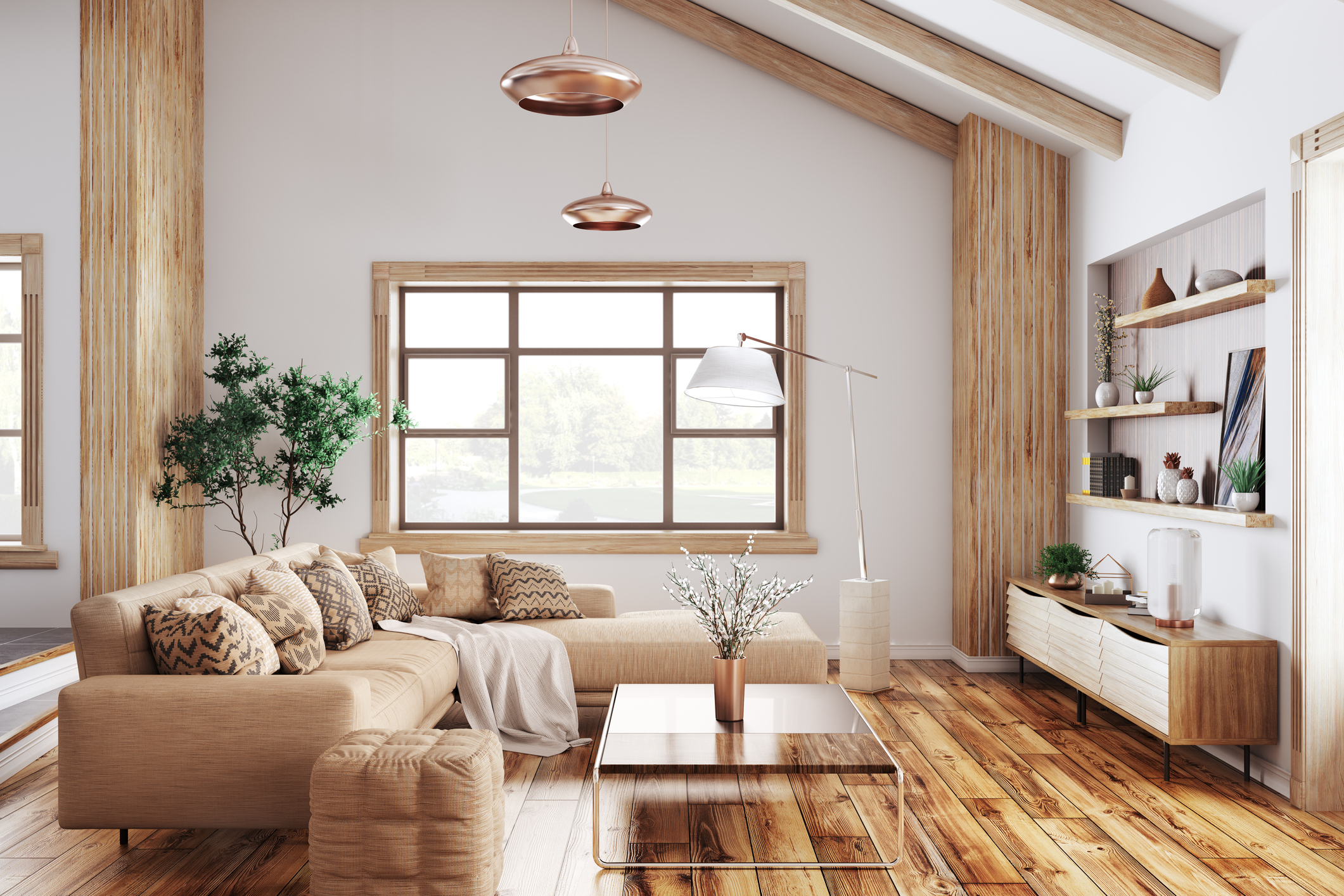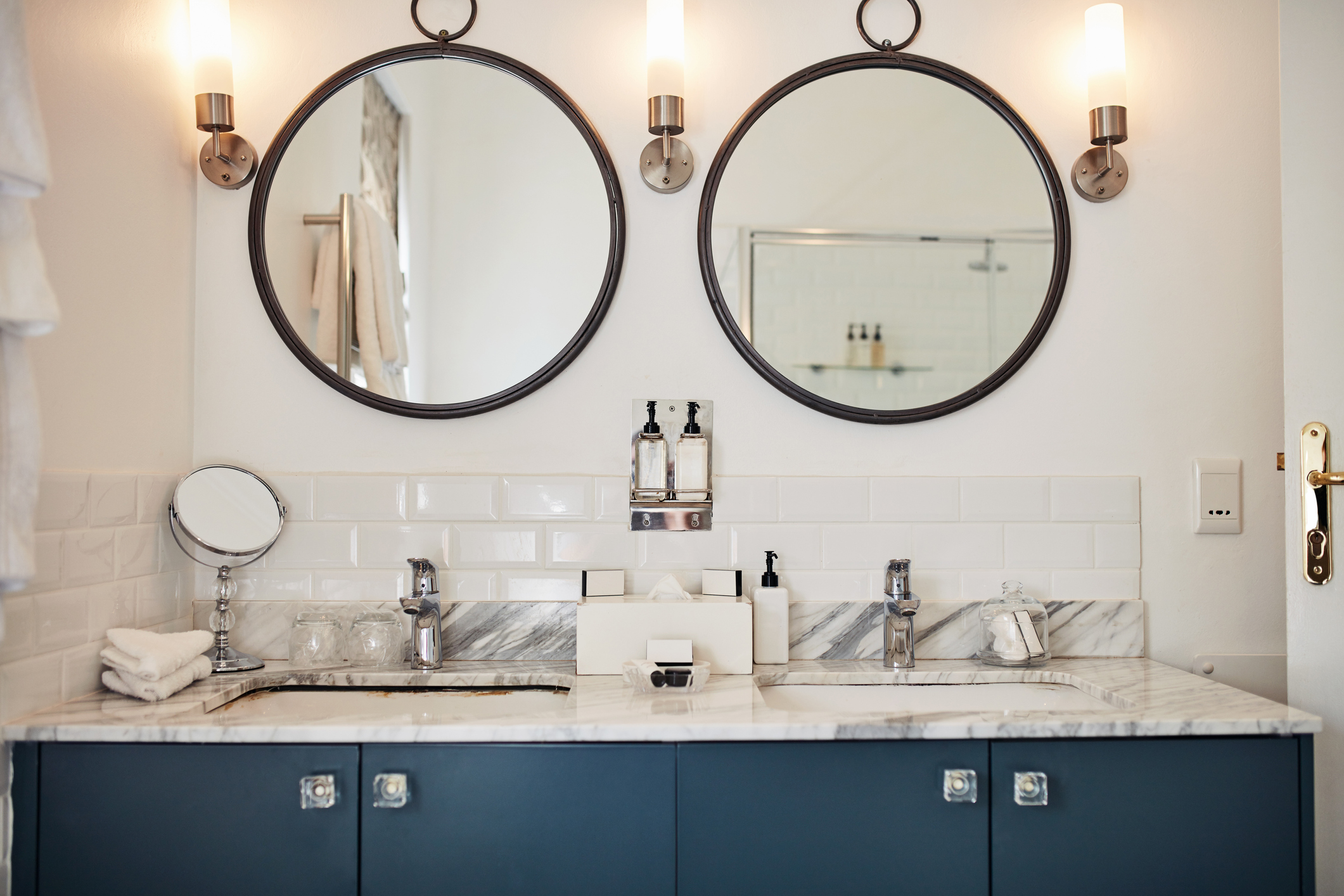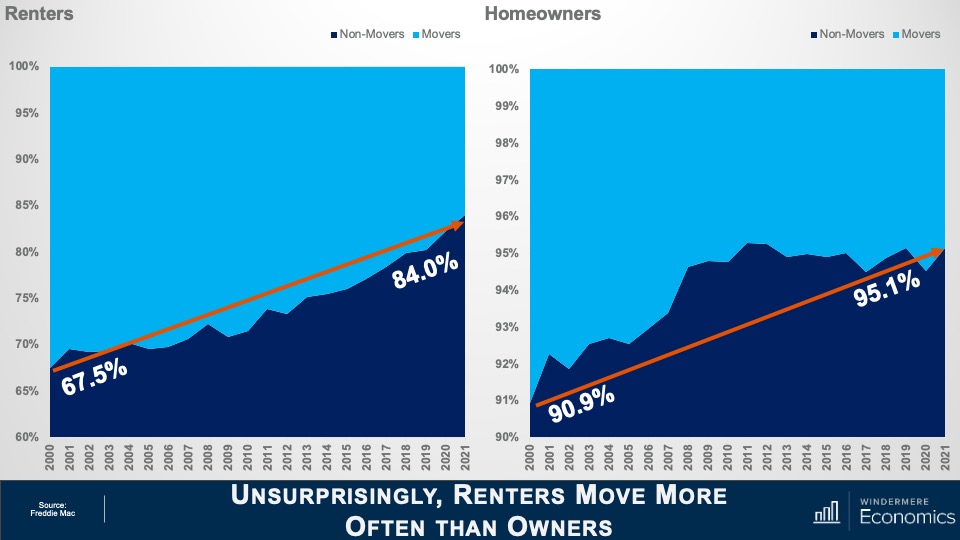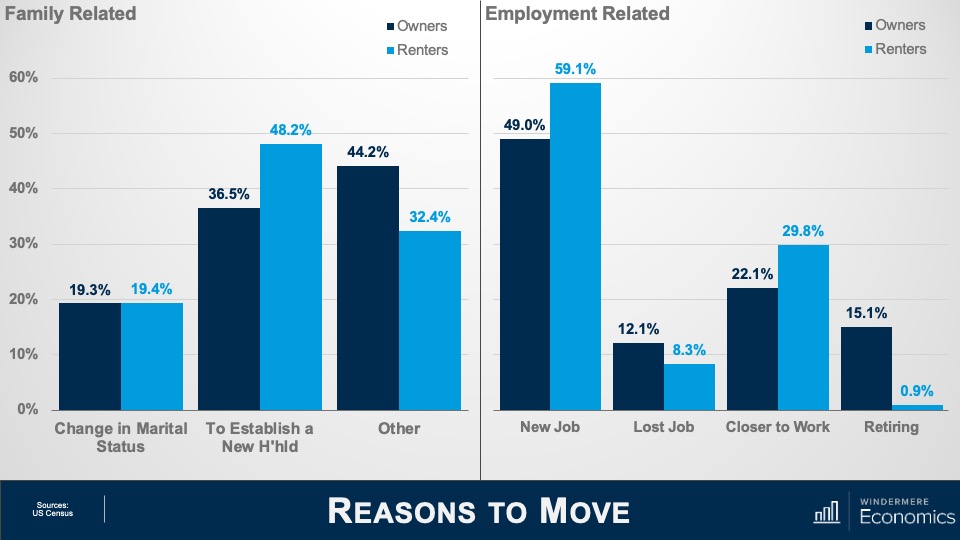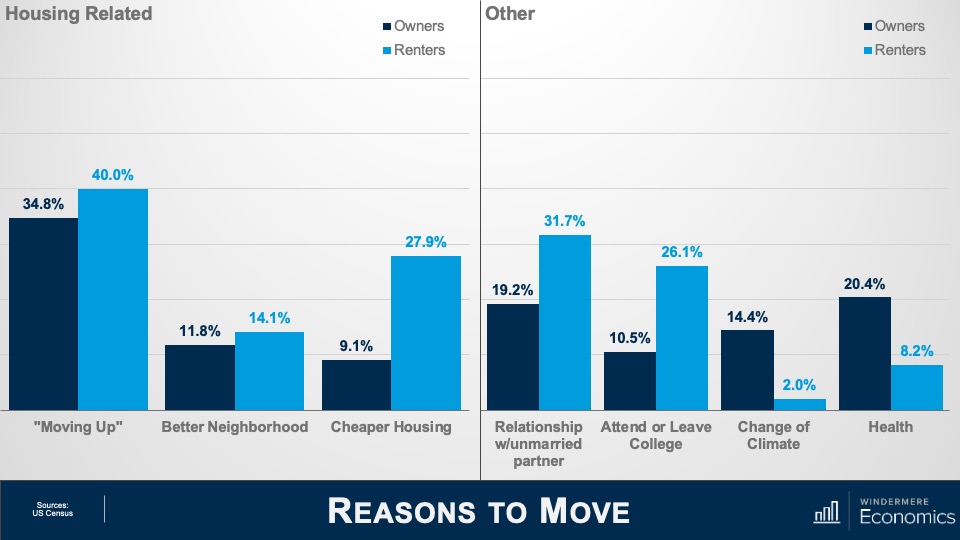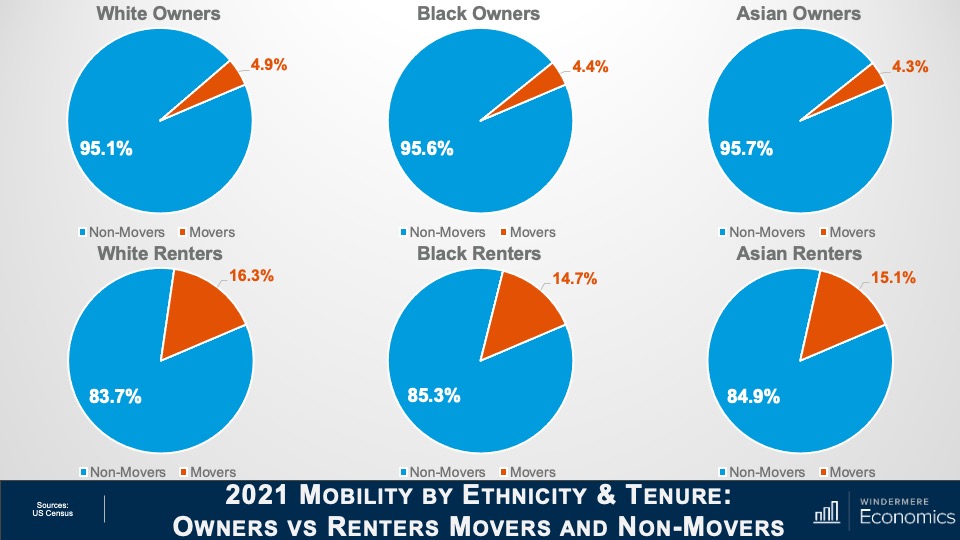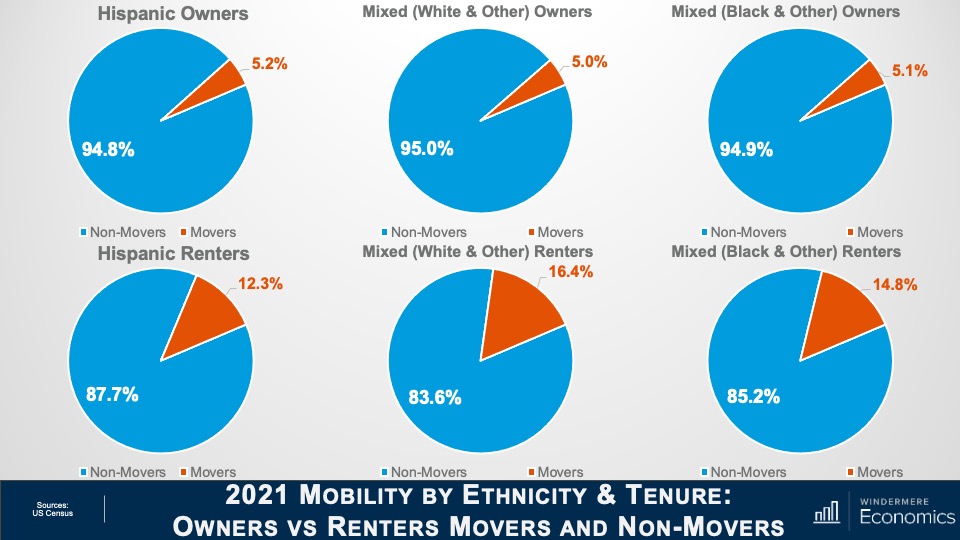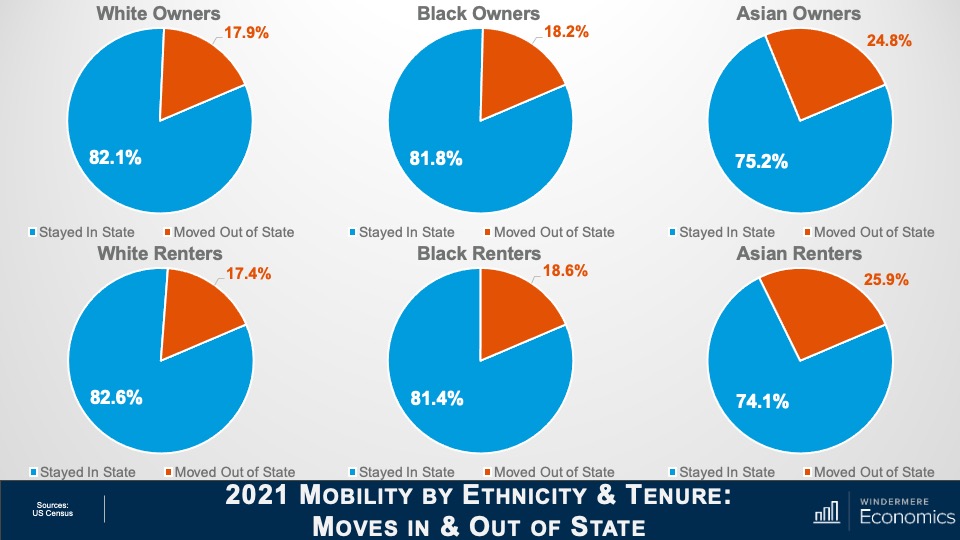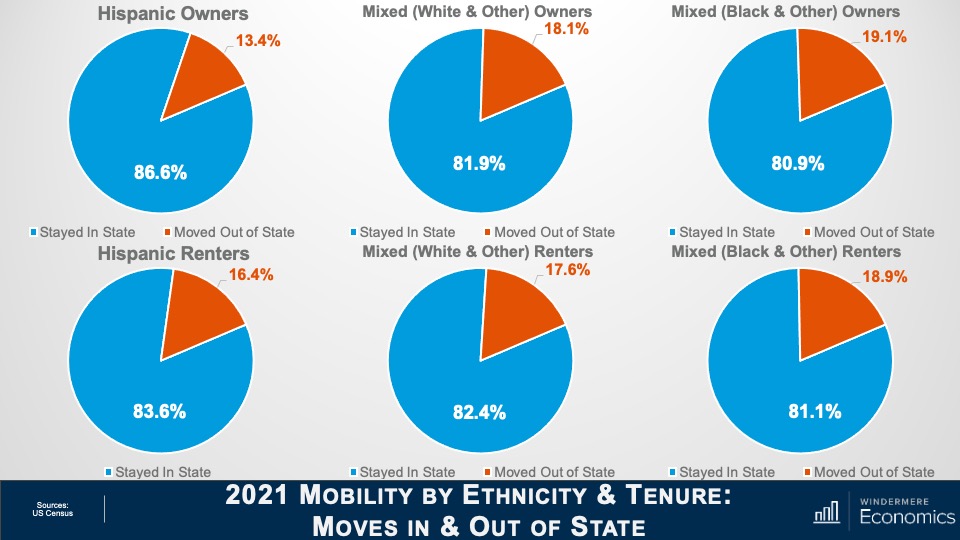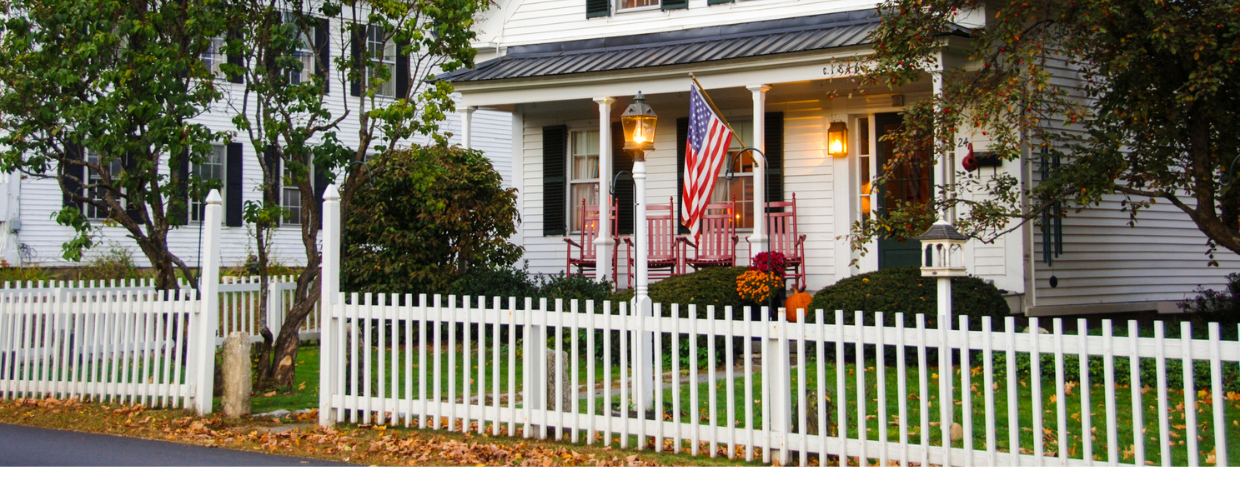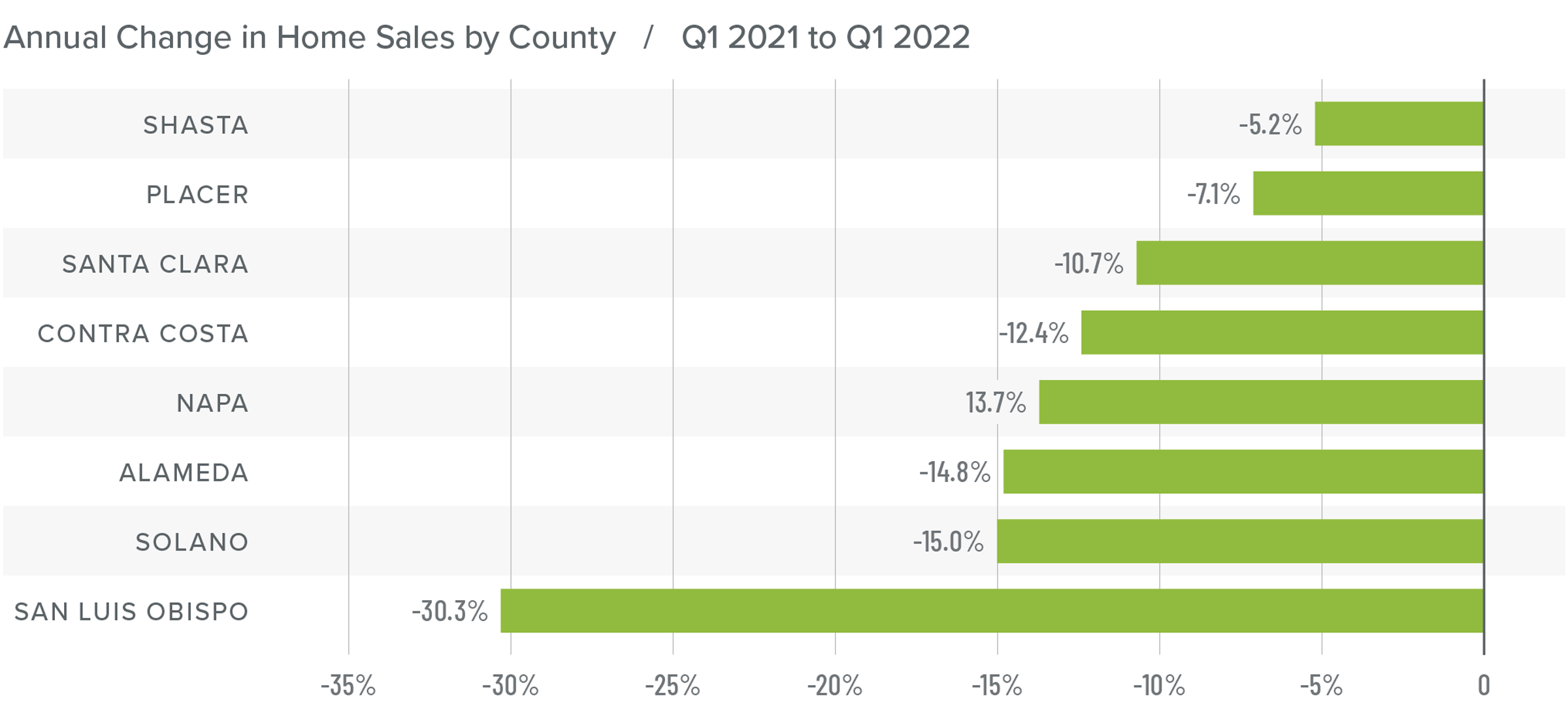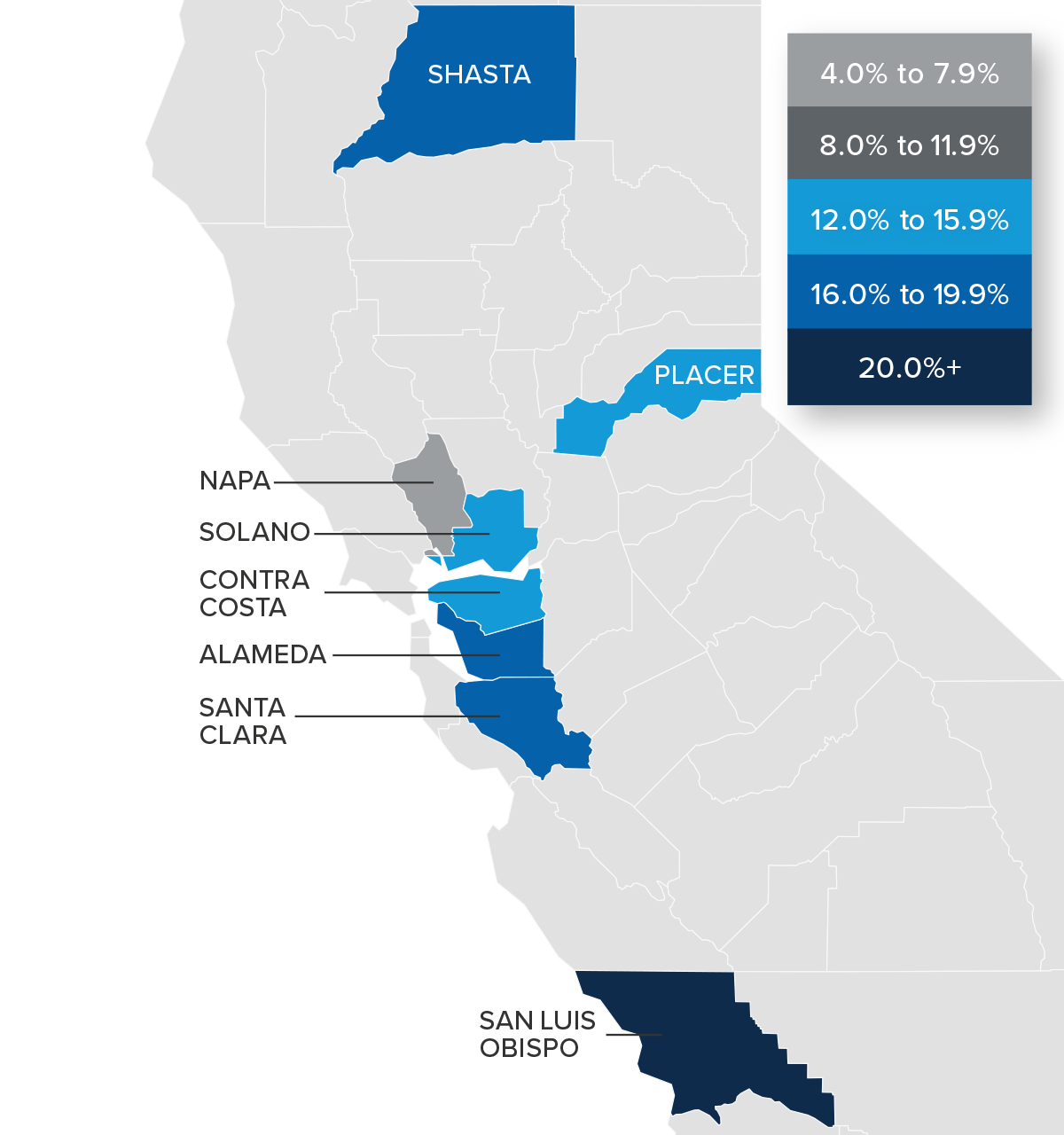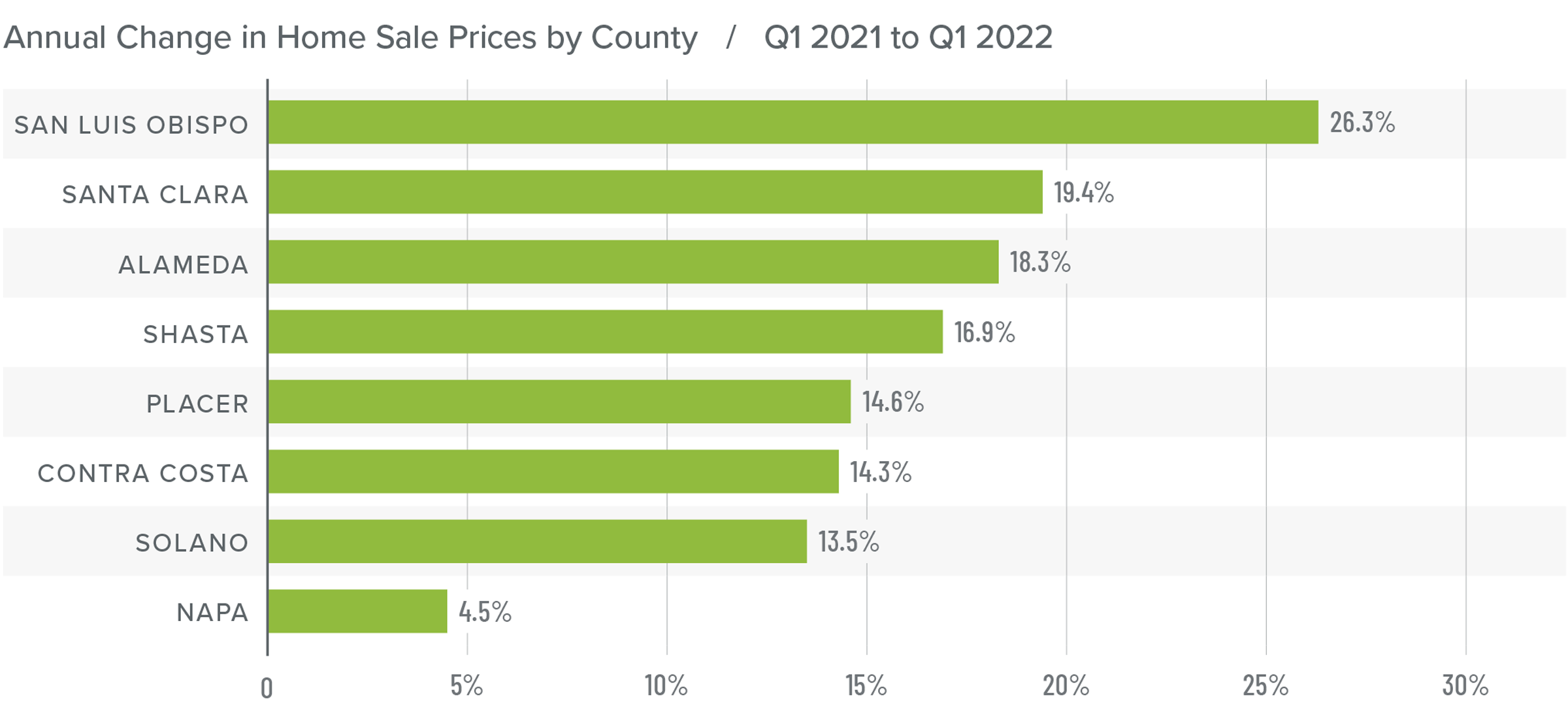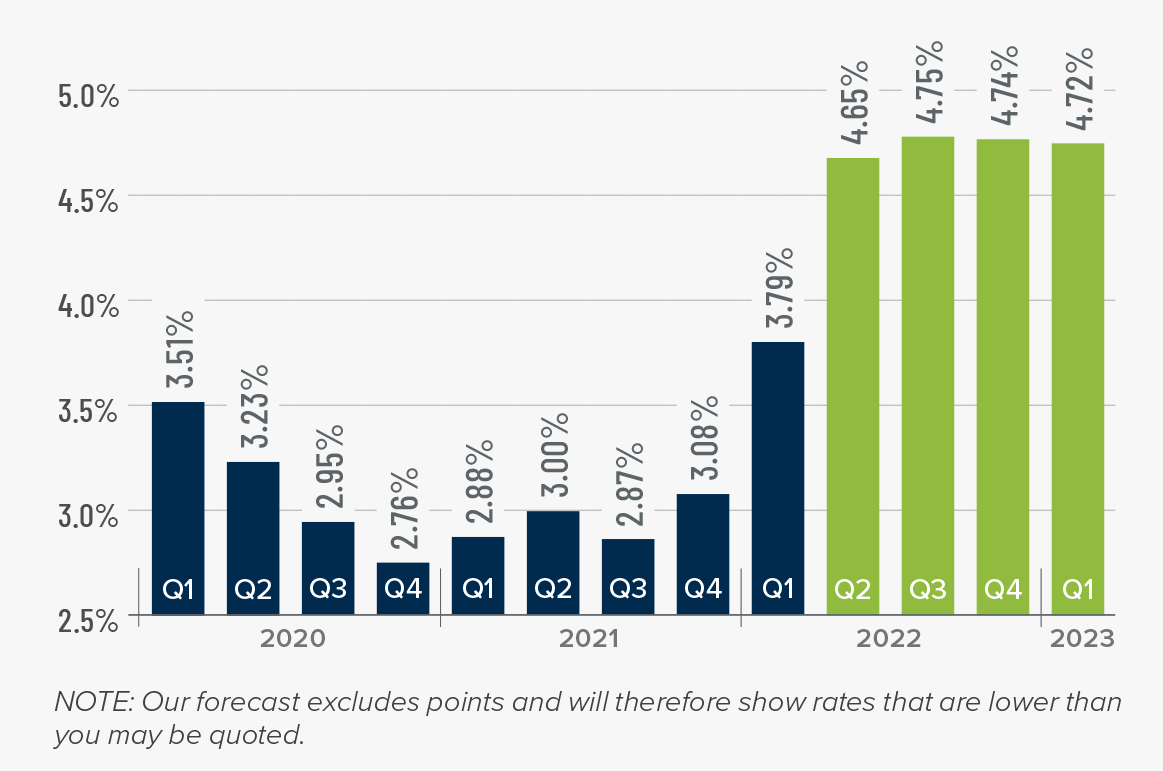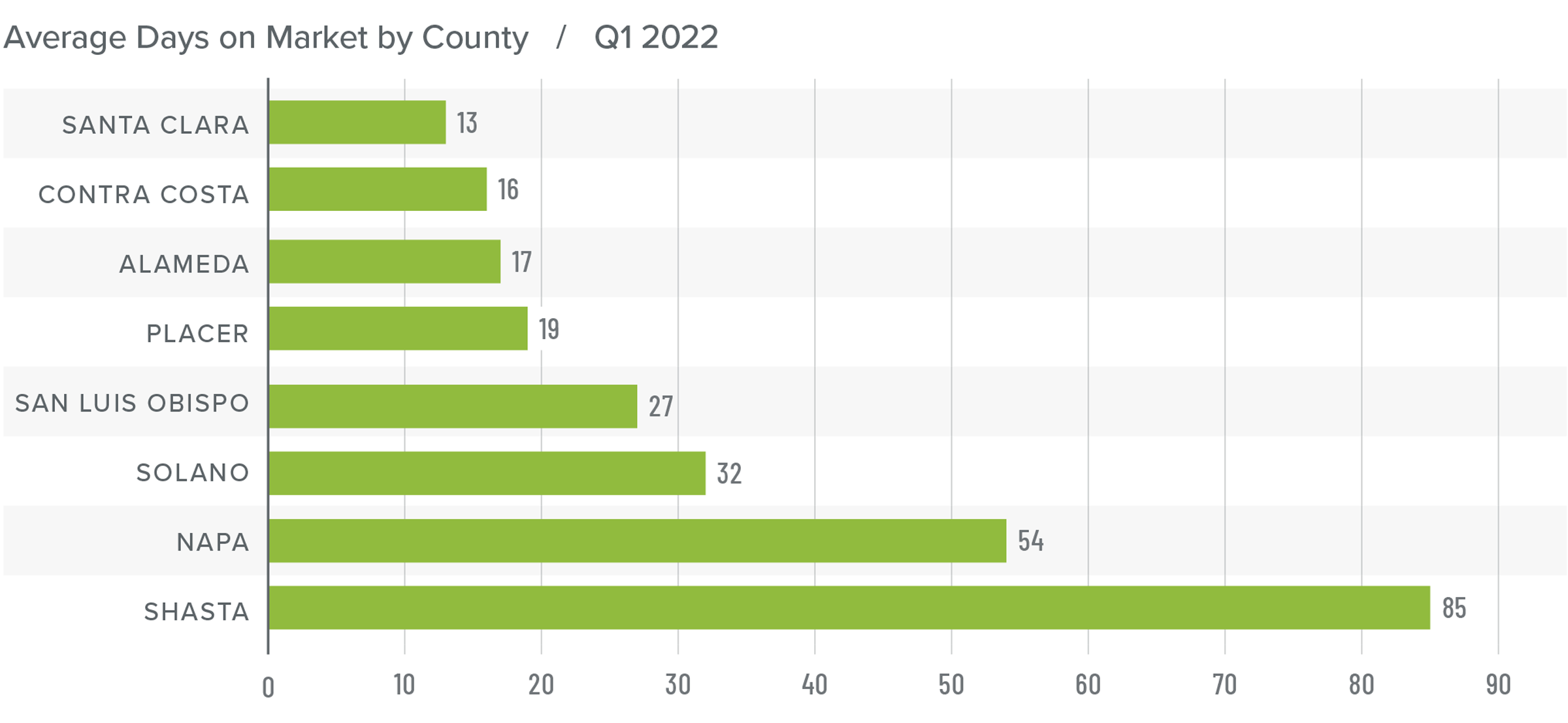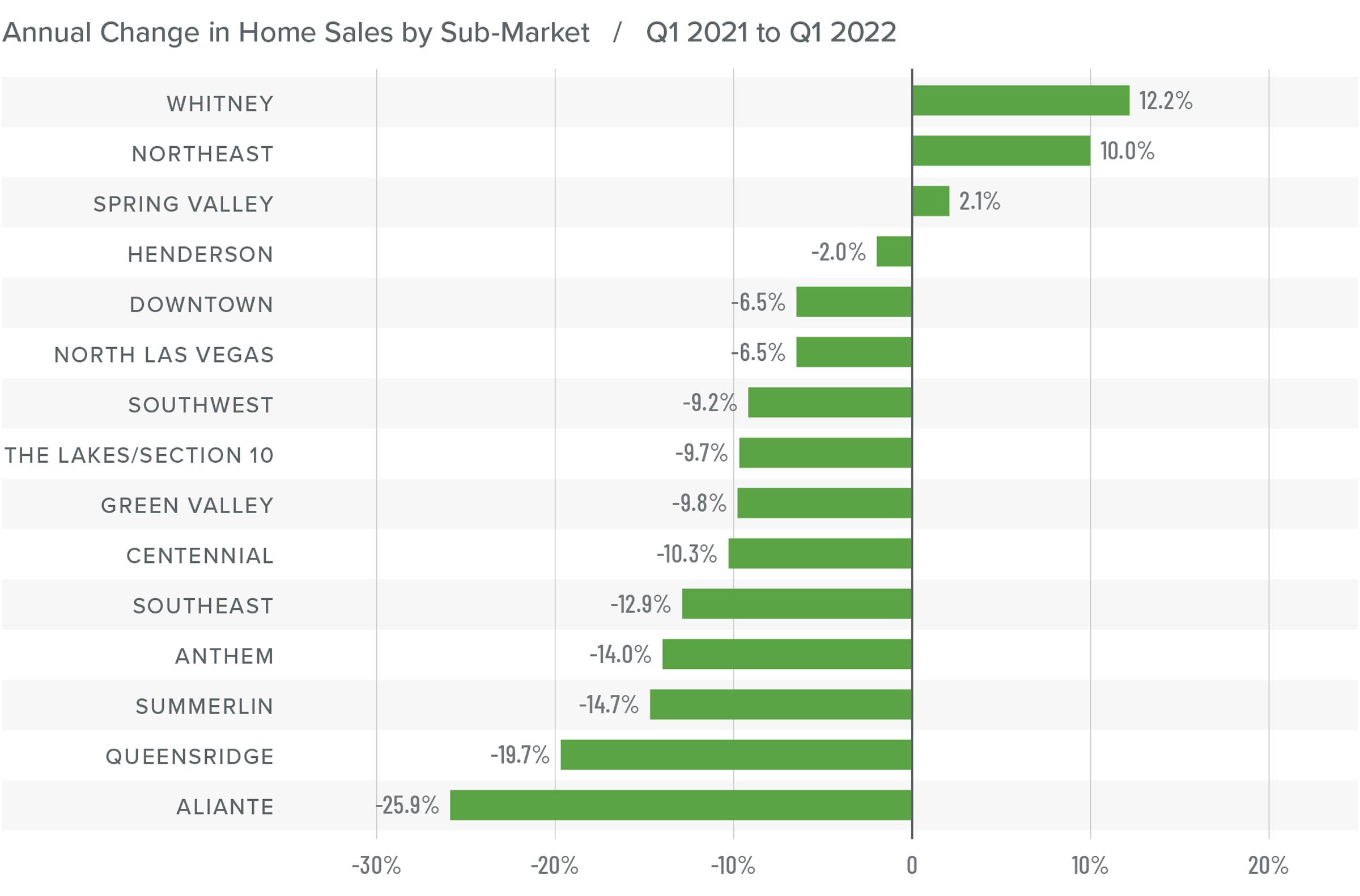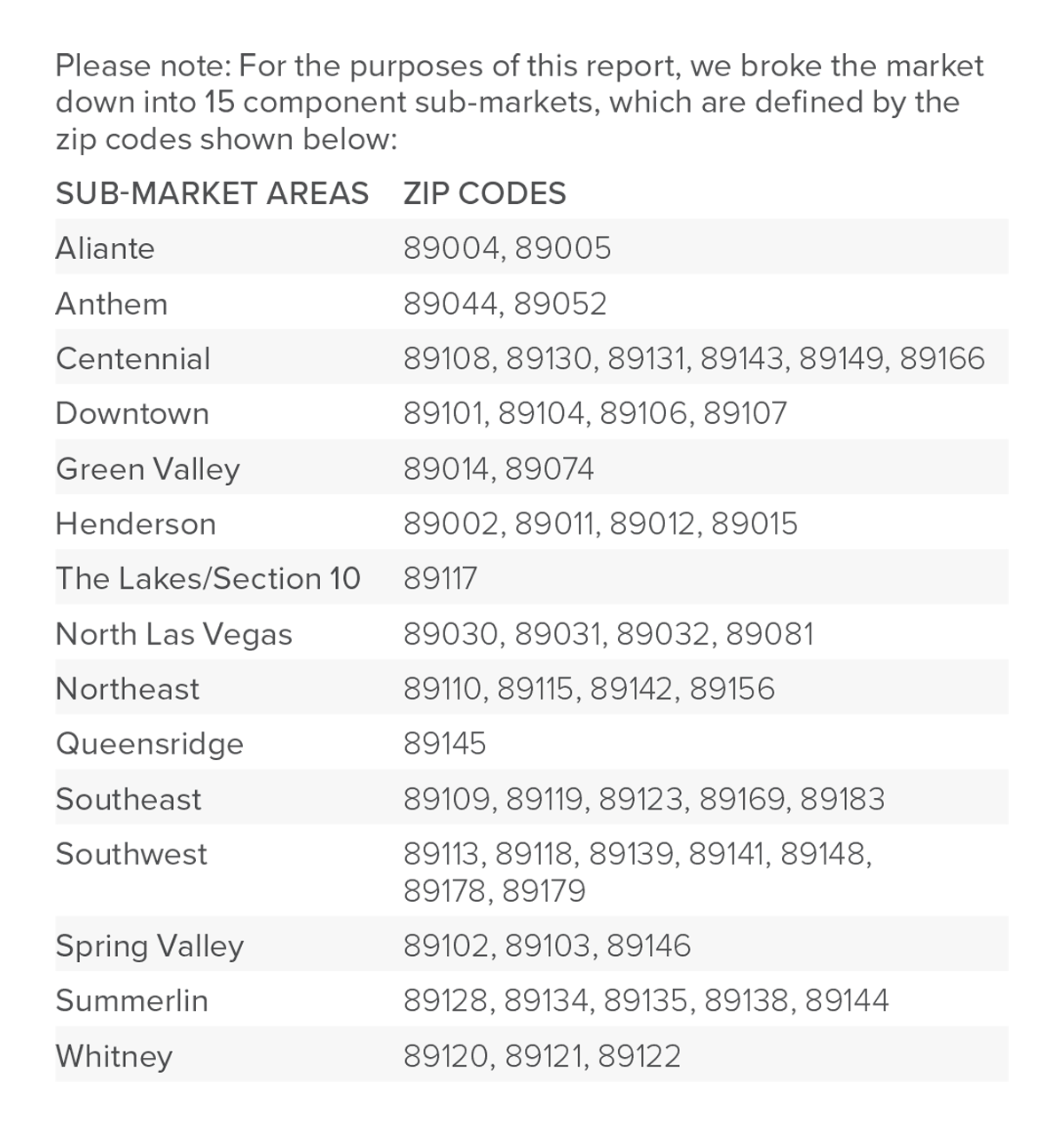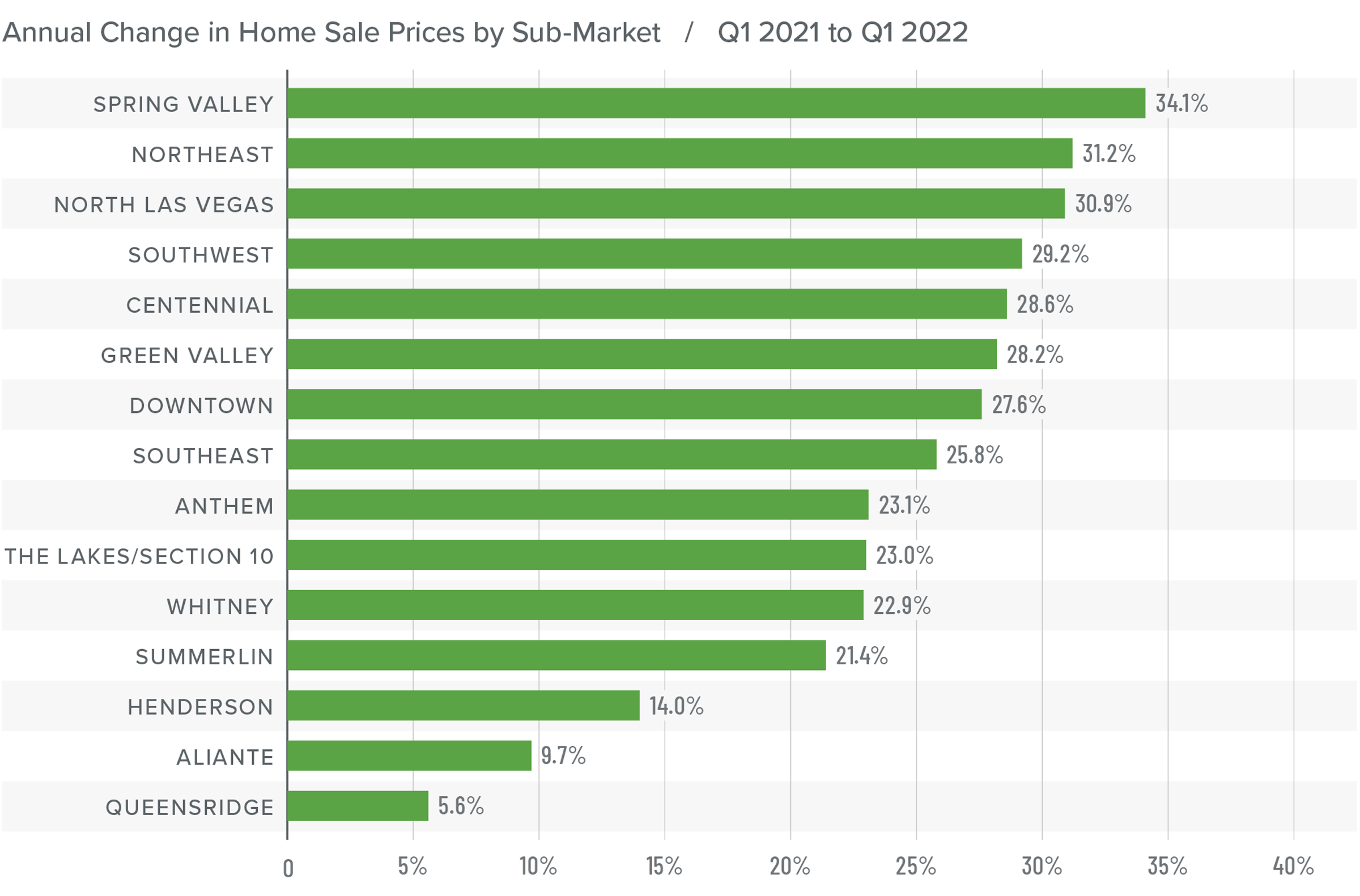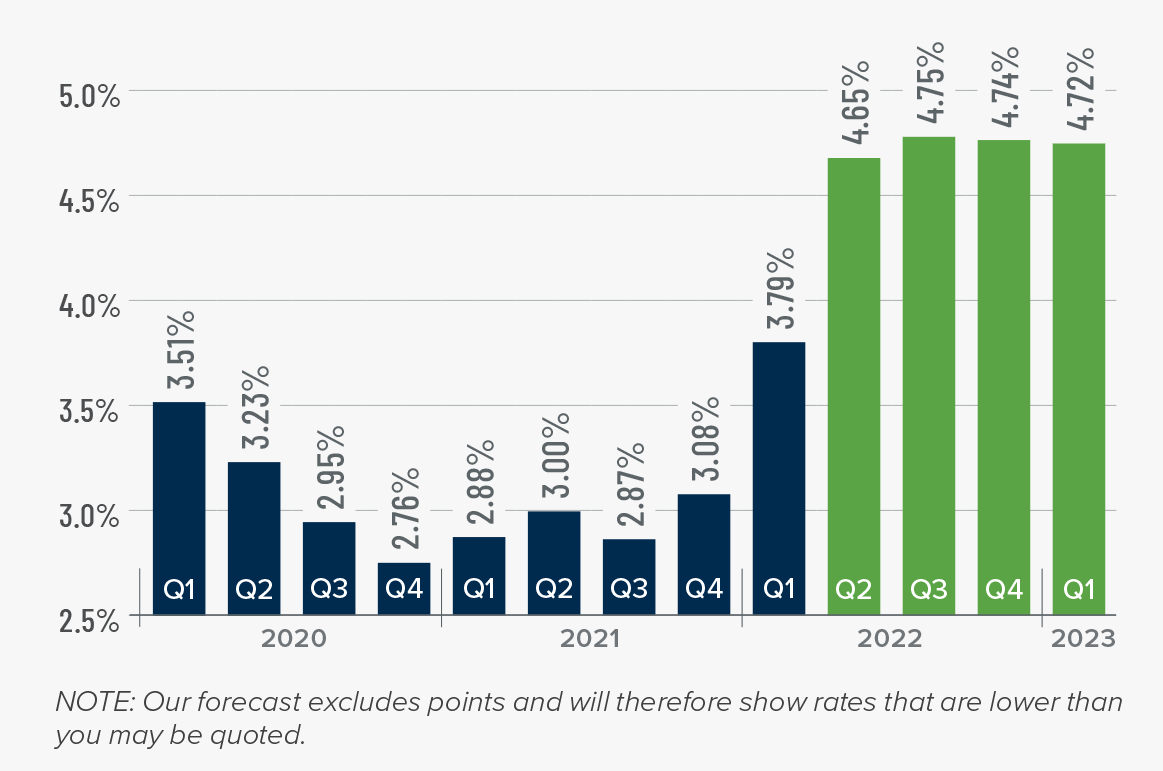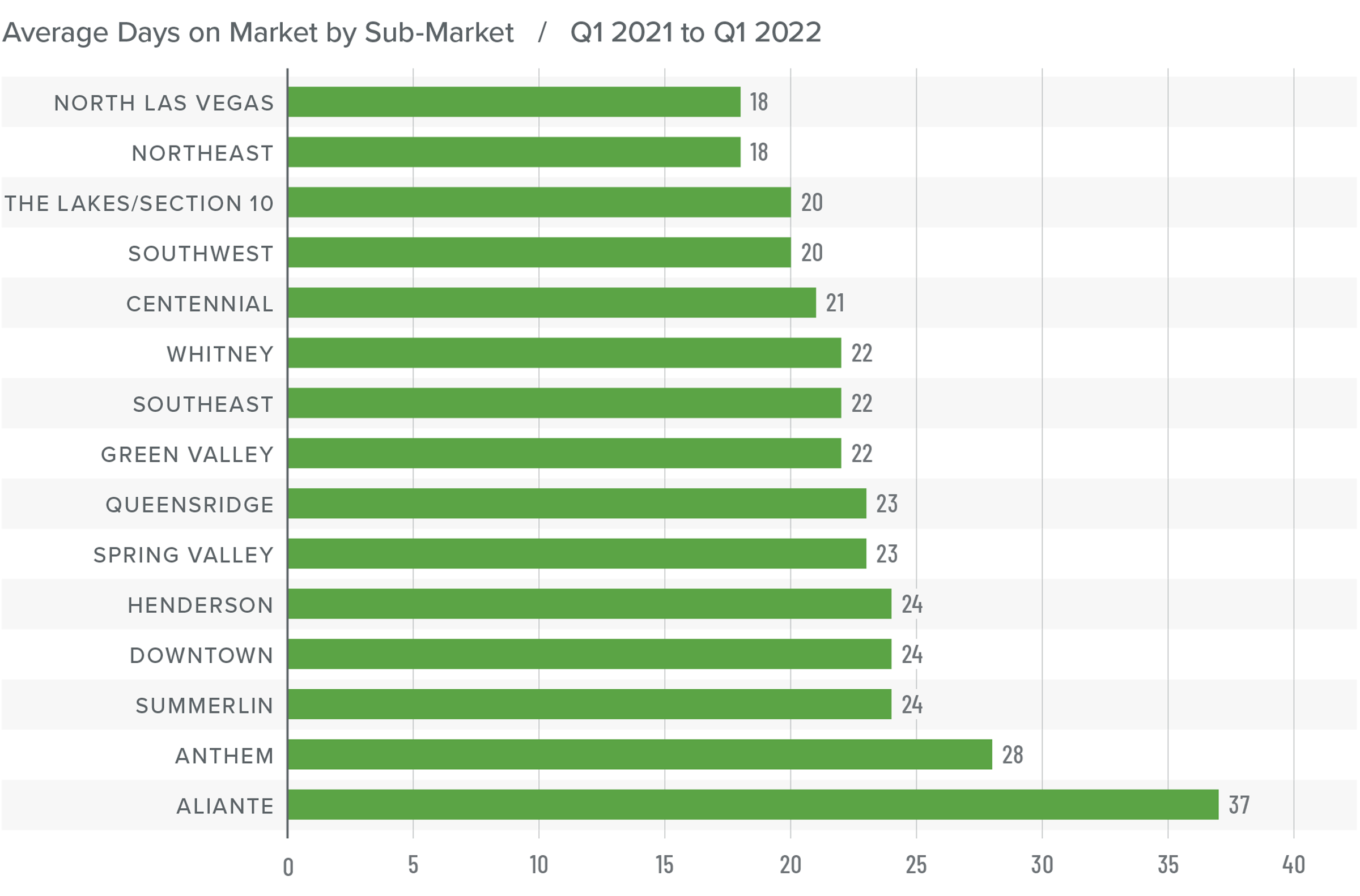“Cutting the cord” can mean something different in every household. For some, it’s a complete abandonment of cable TV and the fees that come with it, while in another household it may be a mix of cable- and subscription-based programming. Regardless of where you are in the spectrum, it’s worth it to audit your household’s TV usage and reassess what package deal delivers the most value. Here are some tips to help you make the transition.
5 Tips for Cutting the Cord: Switching from Cable to Subscription TV
1. Budget for Subscription TV
Start by taking a deep dive into your cable or satellite bill. By breaking down the costs of your contract with your cable company, you’ll get a baseline of what you can afford as you begin to select your subscriptions.
Identify the terms of your contract, whether you’re locked in until a future date, and when the contract terminates so that you can plan the logistics of your transition smoothly. Your cable company may charge an early termination fee for contracts that are broken before the specified date.
2. Prioritize Your Favorite Content
Choosing from the seemingly infinite selection of channels and apps can be overwhelming. When compiling your subscriptions, start by analyzing your viewing habits to determine your most necessary outlets. Whether it’s news, sports, classic movies, new movies, children’s programming, or certain prestige TV shows, choose your must-haves first and fill in your remaining subscriptions around them.
Remember that switching from cable means you’ll have to piece together the channels you previously had access to across a collection of apps and services. This often means that you’ll miss out on seeing certain shows live, but you’ll have unlimited access to a given program’s library of recorded content.
3. The Importance of High-Speed Internet
To truly enjoy your streaming services, you’ll need a strong internet connection. In general, an internet speed of least 25 Mbps (megabits per second) is recommended for streaming multiple channels and apps. As you add more devices and services, something closer to and upwards of 50 Mbps will give you a quality viewing experience.
As you shop around for the right internet service, make comparisons between different providers’ prices, download speeds, and data limits. By cross-referencing these three criteria, you’ll be able to identify which internet package is right for you. Read the fine print regarding data usage. Certain agreements may have extra fees that kick in once a certain amount of data has been surpassed. This could get expensive, especially if there are multiple people in your household watching TV frequently.
4. Purchase Your Hardware
There are a bevy of hardware options for streaming TV, including popular devices from Roku, Google, Amazon, and Apple. These devices typically come either with a remote or with an app that allows you to control your TV from your smartphone. If you prefer less hardware, a smart TV may be the way to go. Smart TVs have many of these streaming services built in and available to download. You may also continue to rent a cable box from your cable company to save on your contract costs. This could be helpful if your cable provider offers a bundling package of TV and Internet subscriptions.
5. Invest in Quality Screens
At the end of the day, your viewing experience is only as good as your screens. Investing in high-quality products will be worth it in the long run. One of the greatest benefits of streaming apps and services is their flexibility, allowing you to watch from multiple screens in multiple locations. Accordingly, it’s not just your TV that matters, but any other devices you plan on watching from, including tablets and smartphones. Fortunately, smart TVs have continued to grow in popularity and are now widely available, meaning you’ll have plenty of options to choose from at whatever price point is affordable to you and your household.
For more information on how to leverage technology in your home, read our short guide to Home Security and Safety.
 Facebook
Facebook
 X
X
 Pinterest
Pinterest
 Copy Link
Copy Link



